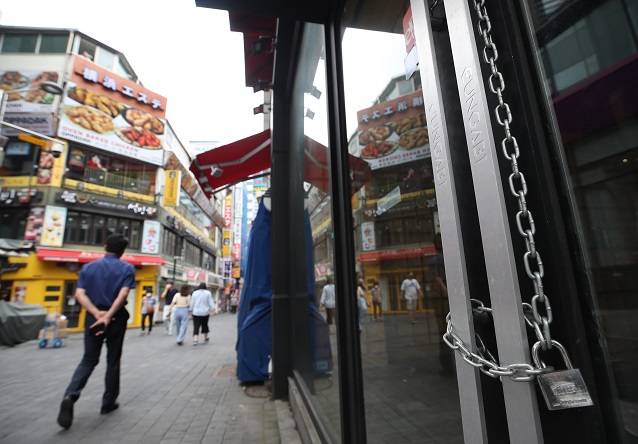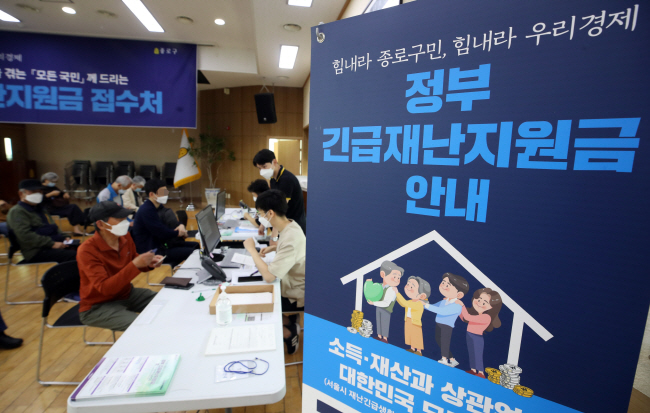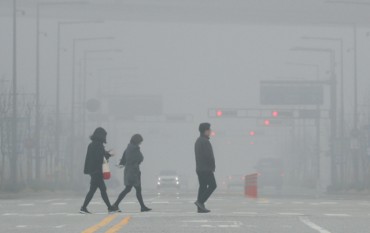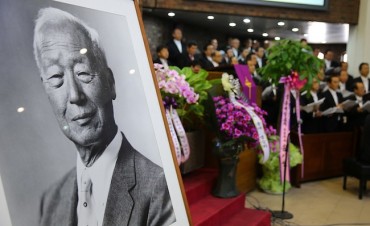
This photo, taken on Sept. 1, 2020, shows a closed shop in Seoul’s shopping district of Myeongdong as South Korea imposed stricter anti-virus curbs to fight the flare-up in virus cases. (Yonhap)
SEOUL, May 13 (Korea Bizwire) — The living conditions of low-income South Koreans have not improved over the past 10 years.
Income polarization accelerated during this period as the income of the upper 20 percent increased sharply, dwarfing the marginal increase in the income of the bottom 20 percent.
Statistics Korea’s household trend survey showed that the monthly deficit of first-quartile households amounted to 244,000 won (US$216) in the fourth quarter of last year compared to 299,000 won in the fourth quarter of 2011.
The average monthly income of the first-quartile households increased by 40 percent or 444,000 won to 1.64 million won from 1.2 million won during the same period.
Nonetheless, their living conditions did not improve since average spending also increased by 30 percent or 426,000 won from 1.46 million won to 1.89 million won.
In contrast, the monthly average income of the fifth-quartile households (the upper 20 percent) rose by 33 percent or 2.49 million won from 7.54 million won to 10.03 million won during the same period.
Their monthly average income was more than six times higher than that of the bottom 20 percent households.
Why have living conditions remained difficult for low-income households?
The Bank of Korea attributed the decline in the income of first-quartile households in the fourth quarter of last year to the employment shock, including unemployment (36.2 percent) and a decline in the income of the employed (63.8 percent).

People wait at a community service center in Seoul’s Jongno Ward on May 18, 2020, to apply for the government’s emergency relief funds. (Yonhap)
“Fundamentally, there is a limit in the growth of income as the share of elderly households among first-quartile households increased significantly,” an official at Statistics Korea said.
“Another factor that impacted the decline in the income of the first-quartile households was the difficult job market caused by the pandemic.”
As the country is showing the world’s fastest population aging, the percentage of elderly households that lose income and fall into extreme poverty continues to grow, restraining the income growth of the first-quartile households.
According to the Korea Economic Research Institute, the nation’s elderly poverty rate stood at 43.4 percent in 2018, three times higher than the Organization for Economic Cooperation and Development (OECD) average of 14.8 percent.
The chances of finding jobs are also not favorable for the low-income class. In times of crisis, the vulnerable class has more difficulty obtaining employment.
According to employment data from Statistics Korea, the number of regular permanent jobs rose in March when the impact of the COVID-19 started to become clear.
In contrast, the number of temporary and day-to-day workers declined by 420,000 and 173,000, respectively, during the same month.
J. S. Shin (js_shin@koreabizwire.com)






